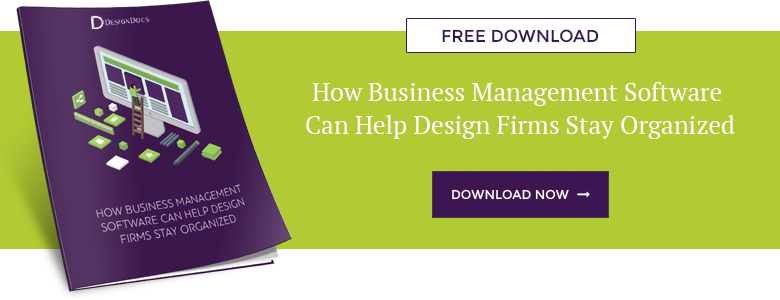Everyone in the interior design business knows that things can quickly get busy. In such a fast-paced environment, you know how easy it is to lose track of even important things such as the hours you have worked on a project.
Luckily, there is a solution to this: Many interior designers will find that becoming more organized will help them better manage their businesses. These 4 tips could help you become even more organized.
4. Design Your Space
For interior designers, it will come as no surprise that an organized workspace encourages better organization and work habits. Unfortunately, many interior designers are so busy designing spaces for clients that they may neglect their own offices—which can mean clutter and poor concentration. The first step to becoming more organized is making sure your workspace is in order. Once your own space is organized, you will be able to locate those project notes quickly and easily—and chances are you will even feel more focused.
3. Schedule
Interior designers are busy people, often with overloaded schedules. And while you feel overwhelmed just thinking about your schedule, you know you haven’t left yourself much time to take care of those small, yet important tasks, such as invoicing or recording your hours on a project. When these sorts of tasks routinely fall by the wayside, it can spell big trouble. Not only that, but if you are aware of these tasks and simply feel there is not time to finish them, it can add to your stress levels.
Many interior designers will try to resolve this issue by multitasking—which can actually drive down your productivity. A better solution is simply to build in the time for small tasks like recording your hours or looking after your accounting receipts.
2. Use Software and Apps
Between being busy and being on the move, it can be difficult to do things like jot down your notes. In some cases, you may have the time, but you may forget a pen or pencil to make a note to yourself.
That’s why interior designers should always take advantage of toolssuch as business management software and mobile apps. Apps can help you stay organized, even on the run, while business management software can help you streamline processes and automate tasks such as report and invoice generation. Tracking a project from end-to-end in a business management solution will help you keep track of all the moving pieces, such as unpaid invoices and purchase orders. And when you have information like that at your fingertips, you cannot help but be organized.
1. See to the Books
Is accounting one of those tasks you let slide on a regular basis? You may know just how important it is for your business, but at the end of a long day, it may not seem important to check up on an invoice or to ensure that you’ve recorded that parking receipt as an expense—and it may seem secondary to answering a call from a concerned client. But messy accounting procedures can wreak havoc on not just your books, but your business as a whole. When expenses are uncalculated for months, you may find yourself struggling with cash flows. And if you are not invoicing on a regular basis, you may find that clients are surprised or even resistant to paying their bills—leading to more headaches for your business. Instead, ensure that you make space in your schedule to look to the books; good accounting practices will reward the rest of your business, helping you prioritize projects and streamline your processes.




